5 Risk Management Systems that Oklahoma Construction Companies Need
Systems are an effective way for those in the construction business to avoid their two primary risks: not getting paid and getting sued. A construction company with no risk management systems in place will have inconsistent results, and thus, inconsistent profits. Worse, these companies are at a heightened risk of litigation.
Simple systems are effective at dramatically reducing a construction company’s risk, thereby protecting the company’s legacy. In this article, I’ll share the five primary systems that all construction companies in Oklahoma should have in place.
1. Mechanic and Materialmen’s Lien System
Mechanic and materialmen’s lien systems are a superpower granted to construction companies by the Oklahoma legislature.
Liens help companies collect money owed to them and their subcontractors/suppliers for the improvement of real property in Oklahoma. Having a mechanic lien system reduces a contractor’s risk of not getting paid, as well as their risk of getting sued by a subcontractor or supplier. Lien systems are essential for the health of your company.
A great mechanic lien system does five things:
Collects information for pre-lien notices and liens
Automatically sends out required pre-lien notices
Monitors accounts receivables to determine whether a lien is even needed
Monitors and records lien cut off dates, and
Files liens when payments are not made timely
Lien systems are protective measures that, in reality, you won’t have to use often. In most cases, you’ll get paid for your work. For some business owners, creating and implementing a lien system may feel like a burden, but I encourage you to look at the big picture.
How much money did you lose last year because you could not collect money on all of the jobs you completed? How much did you lose in the past five years? How would your business be affected by not being able to collect on just a handful of contracts?
When you view mechanic lien systems from a different perspective, you can see that the cost of managing the system is insignificant compared to the risk of not getting paid or getting sued.
2. Early Incident Management System
Early incident management systems record and document incidents when they happen so that the information is ready, and accurate, at a later date. This system is important for reducing your risk of not getting paid because you can support your claims for change orders or when an owner attempts to back charge you for an expense.
For example, what if the schedule is delayed because of other contractors, but you are back charged for the delay? Early incident management systems help you prove when delays are not your fault.
What if another trade damages your work? How will you document an injury or safety violation?
Often, issues don’t arise until much later when you’re trying to collect your money, but by then, the details may be fuzzy and inaccurate. Documenting an incident as soon as it happens helps you defend yourself when a claim arises and there is a risk that you may be sued.
Memories fade and witnesses disappear, but documented incident reports help you defend yourself no matter how much time has passed.
3. Contractual Shifting of Risk System
In every contract negotiation, regardless of industry, the parties try to shift risk of loss back and forth. Most contracts have standard risk-shifting provisions. Creating standard contract provisions to respond will allow you to play on an equal field.
Using your standard provisions to negotiate a fair and equitable contract from the beginning of a project reduces your risk of not getting paid and getting sued.
4. Management/Policies System
Cultivating a strong team is an essential component of carrying out your business’s mission, but how do you identify and hire the best people? How do you create consistent legal systems to manage, promote, and terminate employees?
Do you need an employee handbook? Should you create a drug testing policy? How do you protect trade secrets?
As you can see, there are multiple areas of potential risk within your own company.
To be fair to your employees, you should create clear rules and policies to outline your expectations. Then, make sure your employees are informed about the policies and rules, and then enforce them consistently.
Systemizing your internal affairs reduces your risk of creating an ineffective team and creates consistency for your employees, whether you’re in construction or any other industry.
5. Insurance system
Insuring against risk is one of the most effective systems you can create. Many contractors face problems when they do not adequately insure against risk, or do not understand the coverage if their insurance policies.
I’ve met many contractors who are shocked when their insurer denies a claim and leaves the company uninsured. All contractors need to prioritize finding a good insurer and developing familiarity with the insurance policies their business uses.
Are you using systems?
What steps are you taking in managing your risk? Being proactive and developing standardized systems is an effective way to reduce risk. You’ll collect more of the money you’ve earned, and you’ll reduce your chances of ending up in court for litigation.
If you don’t currently have risk management systems in place, get in touch to discuss how using systems helps your business win. Together, we’ll begin tailoring systems to your business so that you can get paid consistently and stay out of court.







